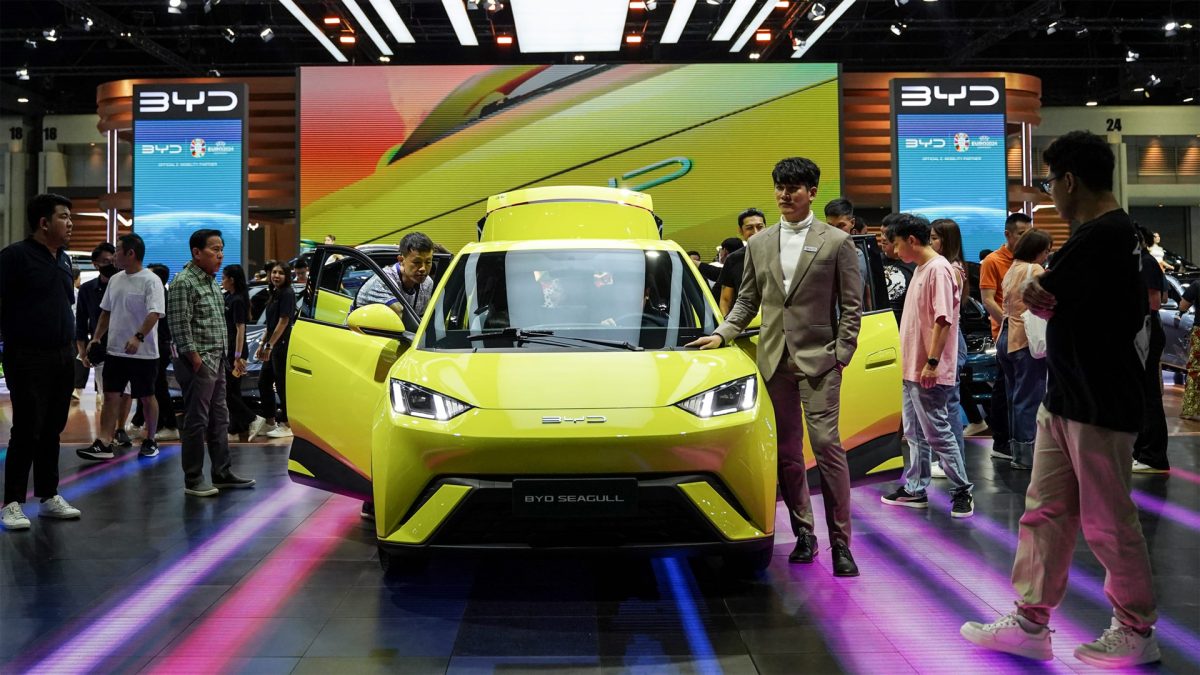
A significant shift is underway in China’s automotive market, as more and more consumers are opting for hybrid vehicles over pure electric cars. The trend is driven by a combination of factors, including range anxiety, cost considerations, and the economic challenges facing many buyers. This change in consumer behaviour is reflected in the latest statistics from the China Passenger Car Association (CPCA), which reveal that nearly half of the new electric vehicle (EV) sales this year have been hybrids.
In July alone, major automakers like BYD, Volkswagen, and Toyota sold 396,000 hybrid cars to customers in mainland China, making up 45.1 per cent of total EV sales. This represents a substantial increase from the 34.

3 per cent share recorded in the same month last year. Hybrid vehicles, which can operate on battery power for short distances and switch to fuel for longer trips, are gaining popularity among young, first-time car buyers who find them more economical, especially in the context of an economic slowdown. The economic climate in China has led to more cautious consumer spending.
Retail sales in the first half of the year grew by only 3.7 per cent, significantly lagging behind the national economic growth rate of 5 per cent. This cautious spending behaviour has contributed to the rising demand for hybrids, which are seen as a more cost-effective option compared to pure EVs.
Hybrids, including battery electric vehicles (BEVs) that use a small internal combustion engine to extend range, are about 10 per cent cheaper than fully electric cars, making them an attractive choice for budget-conscious buyers. Government incentives are also playing a role in this shift. Hybrid vehicles benefit from tax waivers and subsidies for replacing petrol-powered cars, as part of Beijing’s broader push towards clean energy and its long-term net-zero targets.
The reliability of hybrids in challenging conditions, such as winter weather, has further boosted their appeal. Earlier this year, videos of electric cars stuck in a snowstorm in Hubei province went viral, reinforcing concerns about the reliability of fully electric vehicles for long-distance travel. In response to the growing demand, manufacturers are ramping up their hybrid offerings.
BYD, the world’s leading EV maker, recently introduced new models like the Qin L and Seal 06, which feature advanced plug-in hybrid technology. These cars can travel up to 2,100 kilometres on a single charge with a full tank of petrol, addressing concerns about range limitations. Priced competitively, these models offer an attractive alternative to traditional fuel-powered vehicles from brands like Volkswagen and Toyota.
Despite the current surge in hybrid sales, some industry experts believe this trend may be temporary. The long-term focus remains on fully electric vehicles, especially as China continues to push for zero-emission transportation. However, for now, the demand for hybrids is strong, and even premium EV makers like Zeekr, Avatr Technology, and Hozon New Energy Automobile are expanding their hybrid offerings to capture a larger share of the market.
Globally, hybrids are also gaining traction, making up 60 per cent of new EV sales in May. In China, the combined sales of hybrid and fully electric cars account for about 65 per cent of the global total, underscoring the country’s pivotal role in the future of the automotive industry. As consumer preferences continue to evolve, the Chinese market will likely remain a key battleground for both hybrid and fully electric vehicles.
.













